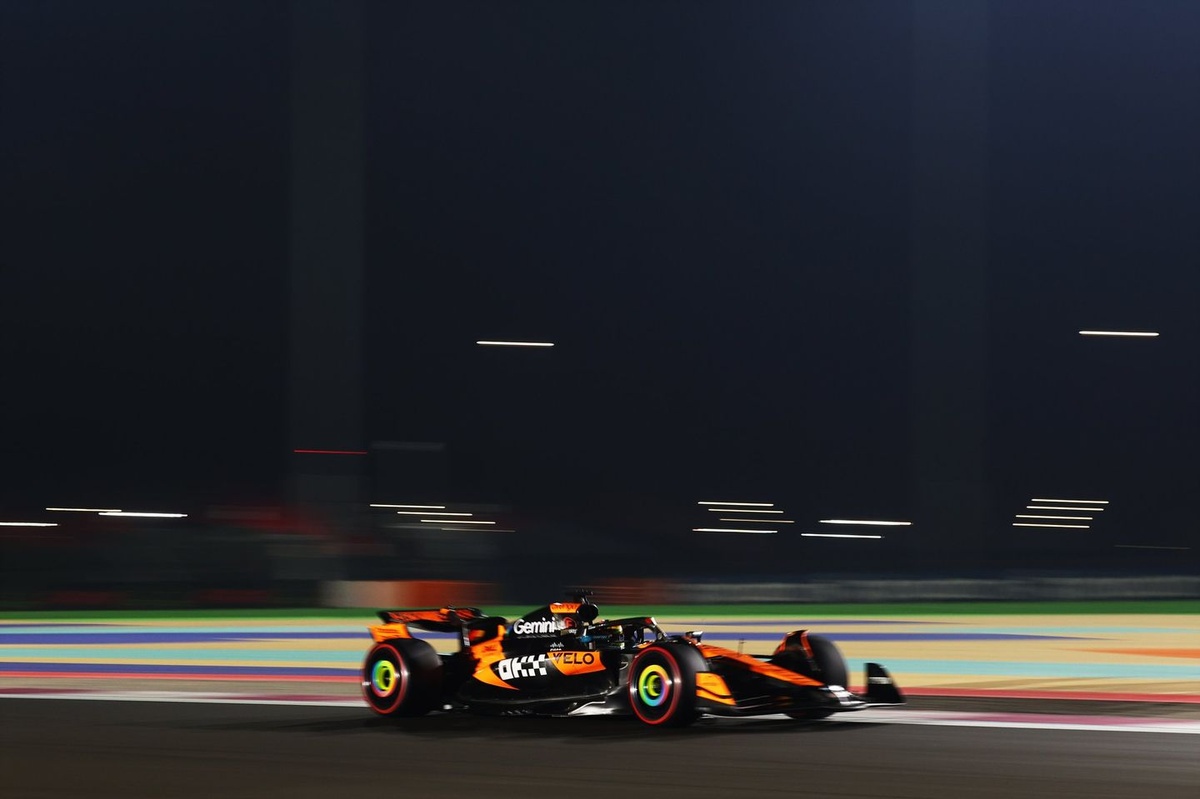Verstappen’s Strategic Call in Brazil GP Final Stop
Max Verstappen’s decision to make a late pit stop during the Brazilian Grand Prix was pivotal in shaping the race outcome. After starting from the pitlane, Verstappen briefly took the lead but was forced to relinquish it as Red Bull evaluated the performance of his ageing tyres.
Explaining Verstappen’s Final Brazil GP Stop
When Lando Norris executed his second stop of the race on lap 50, Verstappen inherited the lead, albeit temporarily. With 16 laps on medium tyres and Norris on fresh C3s, Verstappen’s margin shrank, prompting Red Bull to call him in on lap 54 when his lead had dwindled to just 6.5 seconds. Despite dropping to fourth, the reigning champion re-emerged on soft tyres and set his sights on the podium.
The Penalty of Deteriorating Tyres
Verstappen’s strategy led to debates regarding his potential for finishing higher than third. Team principal Laurent Mekies stated the risk of tyre degradation was too significant to continue on the mediums. Analysis of lap times revealed that while Norris was clocking low 1m13s, Verstappen was falling back into the 1m14s, allowing competitors to close the gap rapidly.
Mekies’ Insight
“No, we don’t think it was winnable,” Mekies remarked. “The call was made, and it gave us a strong chance at the podium. Ultimately, we achieved that.” He reflected on the uncertainty of where Verstappen might have finished had he opted to stay out longer.
The Challenge Ahead
The Italian Andrea Kimi Antonelli followed closely, initially 12 seconds behind Verstappen at his stop but showing competitive pace on the C3s. This suggested that keeping the mediums could have jeopardised Verstappen’s final position as the aggressive pace from Antonelli would have narrowed the gap in the remaining laps.
Opinion from Mclaren Boss
Reflecting on the tyre situation, McLaren’s Andrea Stella commented, “The level of degradation was very high. It was clear that risking it with old tyres could have left Red Bull vulnerable.” He also acknowledged that Red Bull’s strategy was bolstered by having fresh rubber available, which proved decisive.
Conclusion
In the end, Verstappen’s pit stop strategy secured a podium position, ensuring Red Bull capitalised on their tyre advantage. As discussions about the potential for a higher finish continue, it remains a testament to the team’s ability to navigate high-pressure decisions on the track.
With the Brazilian GP behind him, Verstappen now turns his focus toward the next challenge, as the season draws to a close.
Keywords: Verstappen Brazil GP, Red Bull Racing, Lando Norris, tyre strategy, F1 podium, Max Verstappen performance analysis.





